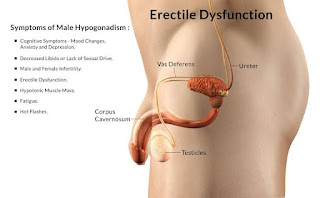Here are the disadvantages of obesity:
Physical Health Risks
1. *Diabetes*: Obesity is a major risk factor for developing type 2 diabetes.
2. *Heart Disease*: Excess weight can lead to high blood pressure, high cholesterol, and heart disease.
3. *Stroke*: Obesity increases the risk of stroke and other cerebrovascular diseases.
4. *Cancer*: Obesity is linked to an increased risk of certain cancers, including breast, colon, and kidney cancer.
5. *Joint Problems*: Excess weight can put strain on joints, leading to osteoarthritis and other mobility issues.
Mental and Emotional Health Risks
1. *Depression*: Obesity is linked to an increased risk of depression and anxiety.
2. *Low Self-Esteem*: Excess weight can affect self-confidence and body image.
3. *Social Isolation*: Obesity can lead to social isolation and decreased participation in social activities.
Other Disadvantages
1. *Reduced Mobility*: Excess weight can make it difficult to perform daily activities and maintain mobility.
2. *Sleep Apnea*: Obesity is a risk factor for sleep apnea and other breathing disorders.
3. *Digestive Problems*: Obesity is linked to an increased risk of digestive problems, including acid reflux and gallstones.
4. *Skin Problems*: Excess weight can lead to skin problems, including acne, eczema, and skin infections.
5. *Reduced Life Expectancy*: Severe obesity can reduce life expectancy by 5-20 years.
Prevention and Treatment
While obesity can have serious health consequences, it is preventable and treatable. A healthy diet, regular exercise, and lifestyle changes can help achieve and maintain a healthy weight. If you're struggling with obesity, consult with a healthcare professional to develop a personalized weight loss plan.

.jpeg)
.jpeg)







